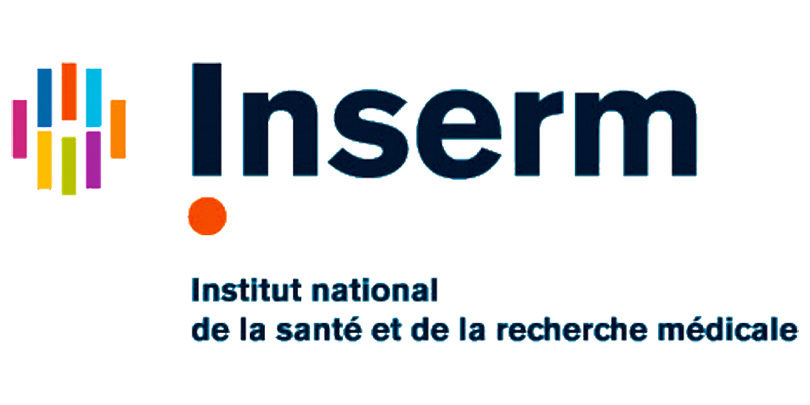Probabilistic Prediction of Arrivals and Hospitalizations in Emergency Departments in Île-de-France
Résumé
Background
Forecasts of future demand is foundational for effective resource allocation in emergency departments (EDs). As ED demand is inherently variable, it is important for forecasts to characterize the range of possible future demand. However, extant research focuses primarily on producing point forecasts using a wide variety of prediction algorithms. In this study, our objective is to generate point and interval predictions that accurately characterize the variability in ED demand using ensemble methods that combine predictions from multiple base algorithms based on their empirical performance.
Methods
Data consisted in daily arrivals and subsequent hospitalizations at 72 emergency departments in Île-de-France from 2014-2018. Additional explanatory variables were collected including public and school holidays, meteorological variables, and public health trends. One-day ahead point and 80% interval predictions of arrivals and hospitalizations were produced by predicting the 10%, 50%, and 90% quantiles of the forecast distribution. Quantile prediction algorithms included methods such as ARIMAX, variations of random forests, and generalized additive models. Ensemble predictions were then formed using Exponentially Weighted Averaging, Bernstein Online Aggregation, and Super Learning. Prediction intervals were post-processed using Adaptive Conformal Inference techniques. Point predictions were evaluated by their Mean Absolute Error (MAE) and Mean Absolute Percentage Error (MAPE), and 80% interval predictions by their empirical coverage and mean interval width.
Results
For point forecasts, ensemble methods achieved lower average MAE and MAPE than any of the base algorithms. All of the base algorithms and ensemble methods yielded prediction intervals with near optimal empirical coverage after conformalization. For hospitalizations, the shortest mean interval widths were achieved by the ensemble methods.
Conclusions
Ensemble methods yield joint point and prediction intervals that adapt to individual EDs and achieve better performance than individual algorithms. Conformal inference techniques improves the performance of the prediction intervals.
Origine : Fichiers produits par l'(les) auteur(s)
licence : Copyright (Tous droits réservés)
licence : Copyright (Tous droits réservés)


